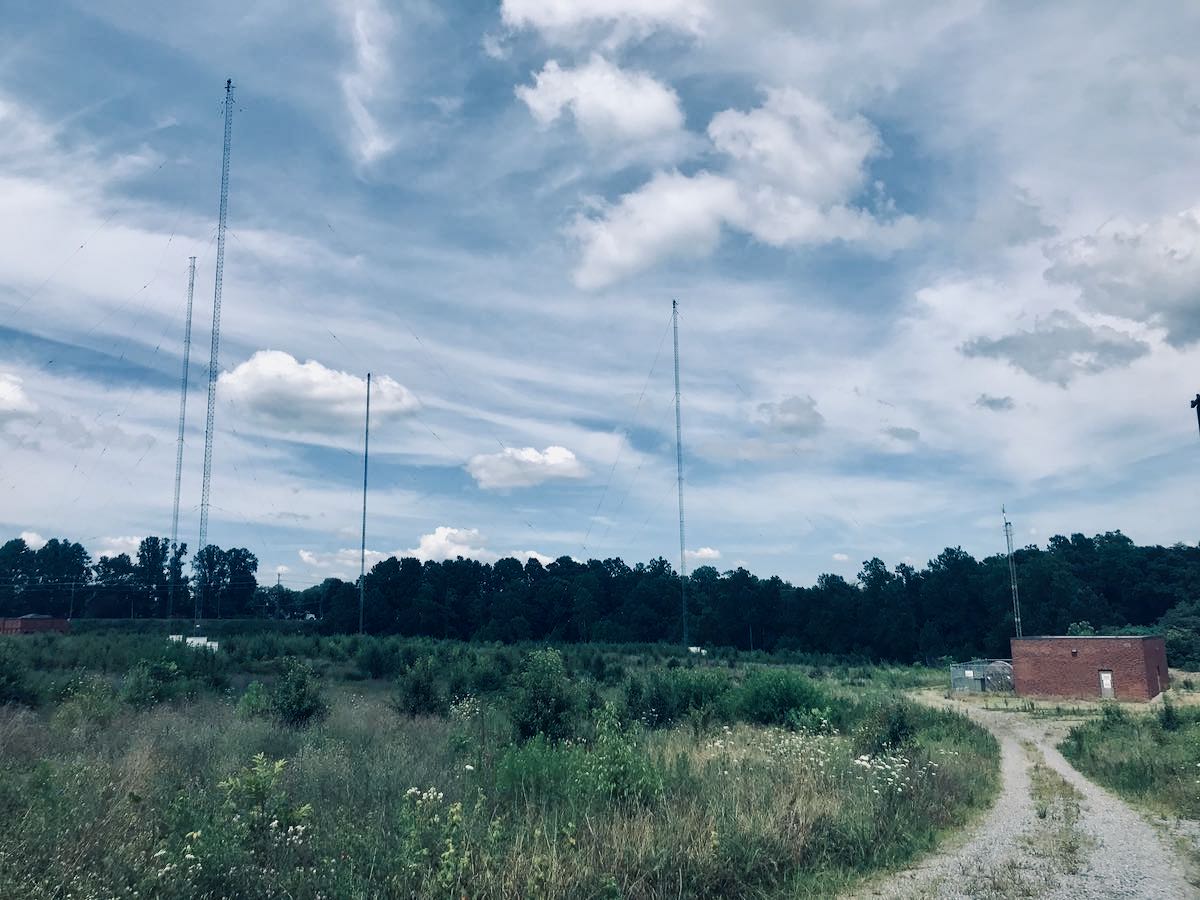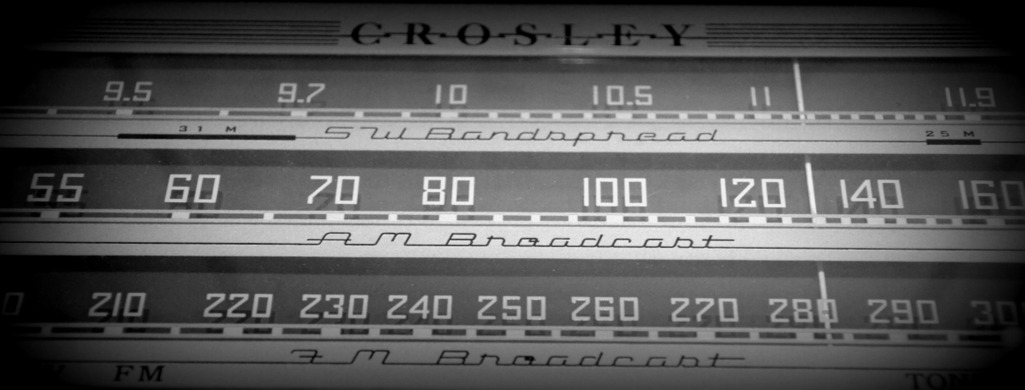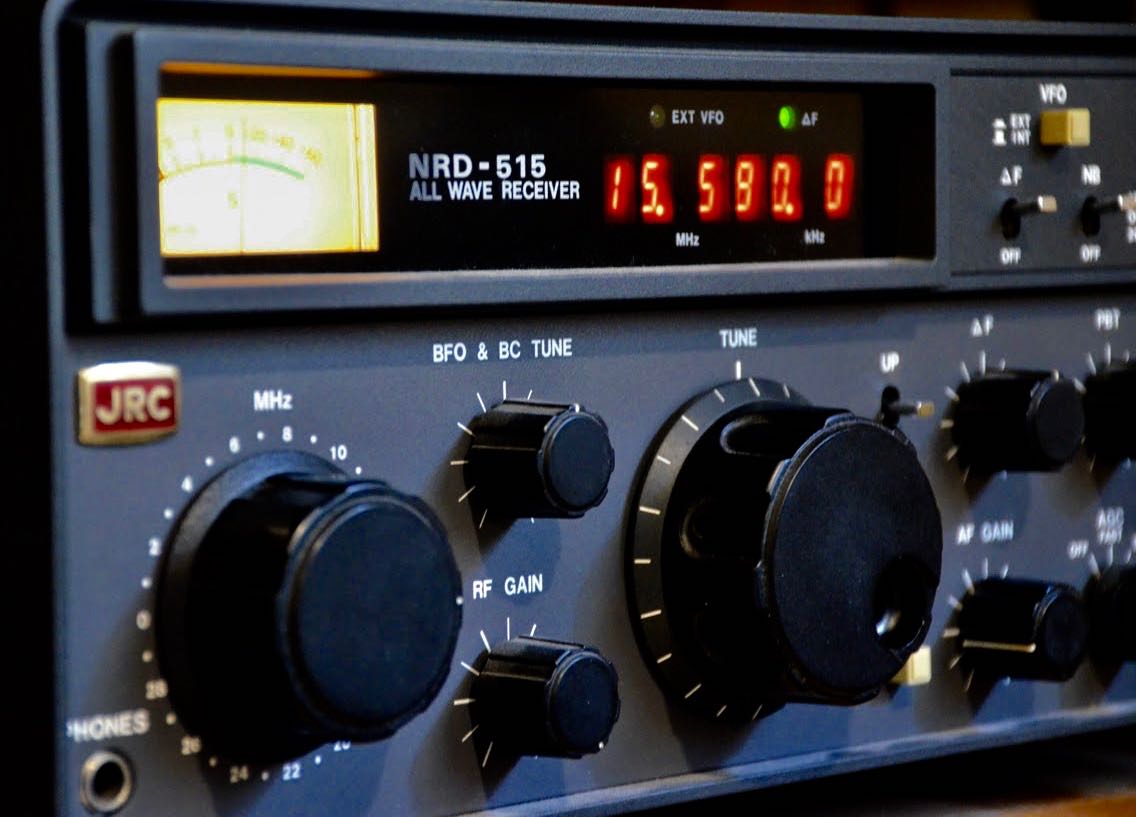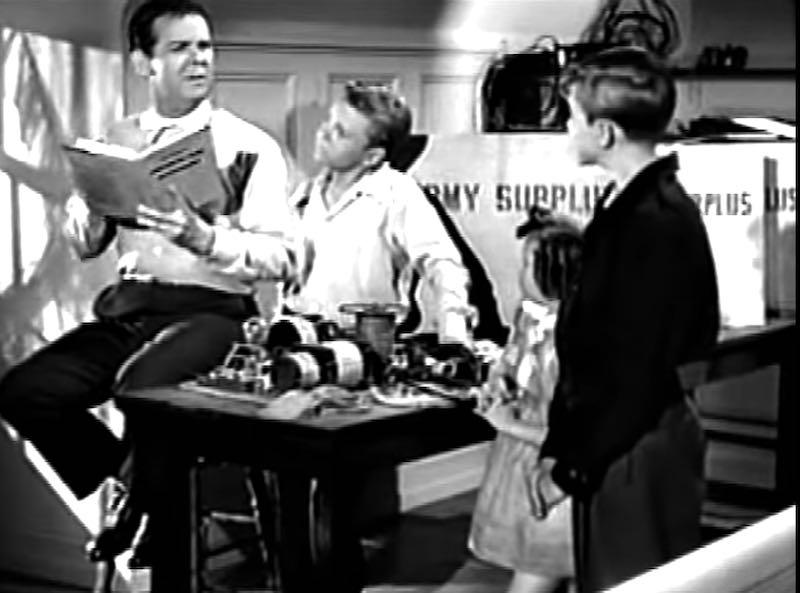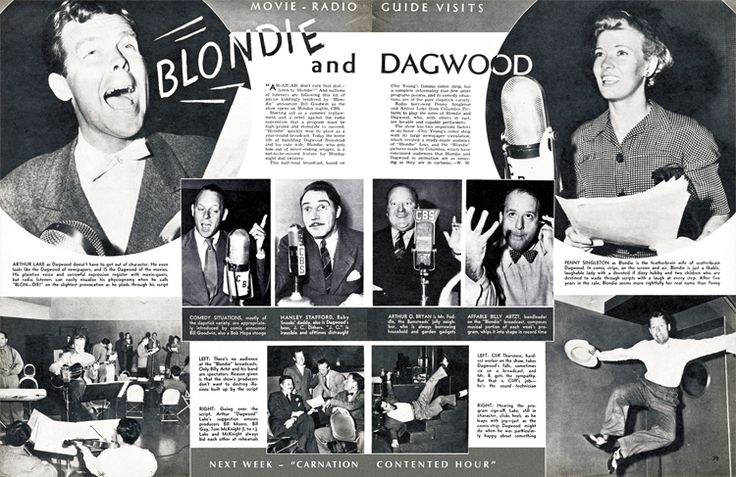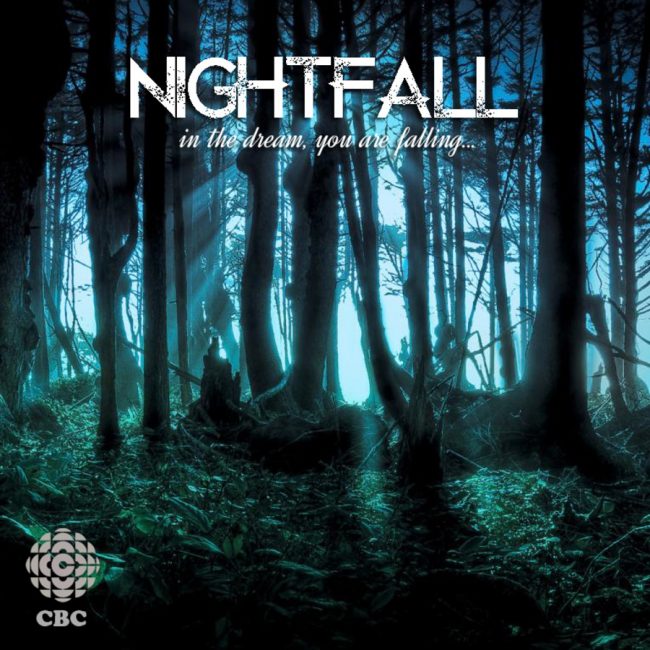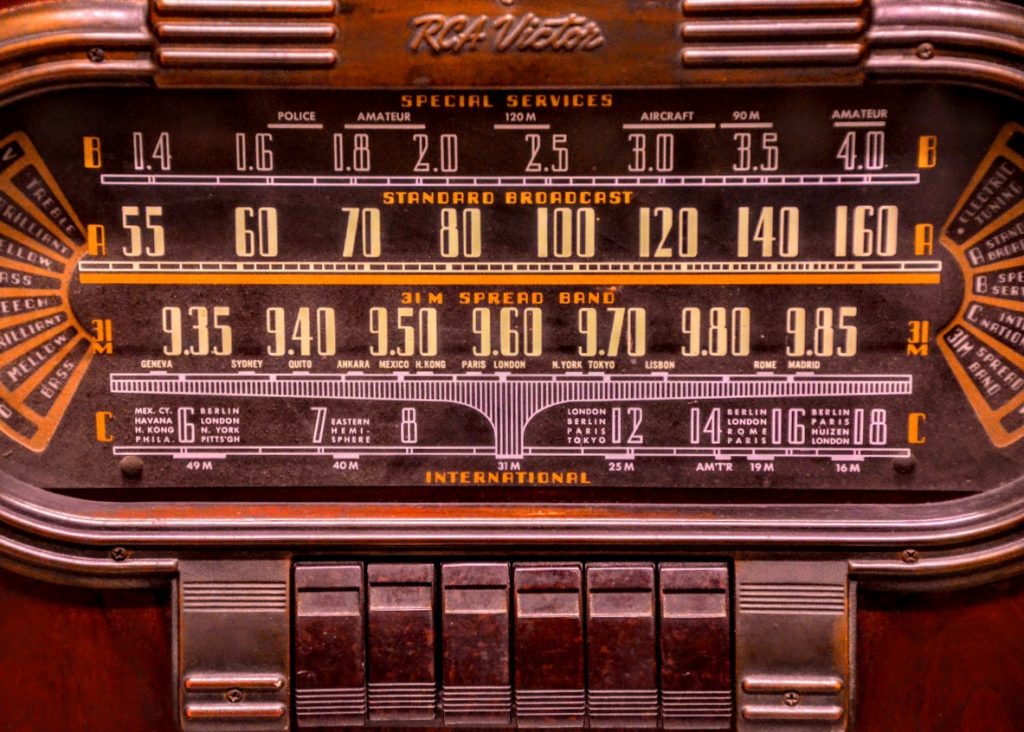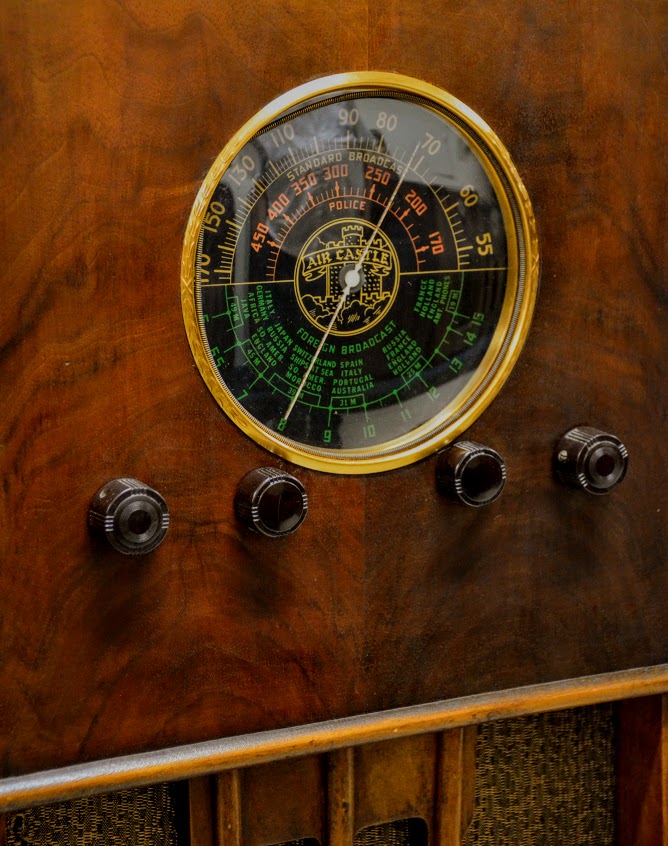Radio Waves: Stories Making Waves in the World of Radio
Welcome to the SWLing Post’s Radio Waves, a collection of links to interesting stories making waves in the world of radio. Enjoy!
Many thanks to SWLing Post contributors Mike, David Iurescia, Rich Dalton, and Dennis Dura for the following tips:
Former Downriver music educator pens book on history of old-time radio (News-Herald)
Brian Rogers is an adventurer of sorts. He’s what you might call a renaissance man. Born in Buffalo, New York, Rogers has been a part of the fabric of the Detroit area since his family moved here in 1943.
Since then he’s been a music educator, choir and band director, speech therapist, paralegal and a freelance writer.
You could say that everything Rogers has pursued, both vocational and otherwise, has centered on the art of communication. And the affable educator and author certainly honed his literary skills through the revised edition of his new book “Adventures in Old Time Radio.”
It is 146 pages and 50 chapters of brief excerpts and articles on the evolution of radio from its inception in the 1920s through 1960.
Rogers, a longtime Allen Park resident who now lives in Dearborn with his wife, Clara, was inspired to compile the book out of his love for, and activity in, the shortwave radio community and as a columnist for the Great Lakes Monitor. [Continue reading…]
Crawford Will Flip an Alabama AM to All-Digital (Radio World)
Crawford Broadcasting is going to give all-digital HD Radio a try on an AM station in Alabama.
On Sept. 1 the Christian broadcaster will flip WYDE in Birmingham to the MA3 mode; only listeners with HD Radio receivers will be able to hear the AM signal after that, though the same content will be available on two local FMs. Two other AMs in the country currently operate in all-digital.
“We’d like to give all-digital AM a try and see how it performs,” said Director of Engineering Cris Alexander. “The timing is right for us.”
The FCC approved the use of all-digital AM in 2020. WYDE airs at 1260 kHz with a 5 kW signal by day and 41 Watts at night.
“That particular station is ideally situated for an all-digital move,” said Alexander, who also is technical editor of Radio World Engineering Extra. [Continue reading…]
Radio and Maui: A Failure To Communicate? (Jacobs Media Strategies)
The morbidly funny video from the 1960’s classic “Cool Hand Luke” became a popular meme well before there was an Internet. You see it pop up when organizations or people on the same team (or in a relationship) suffer a serious breakdown in communication. Suffice it to say, this is a common condition.
When we look at what happened in Maui, we have a human tragedy that is off the charts. By the time this is all set and done, we will likely be looking at hundreds of people dead, upwards of $6 billion in funds to restore the damage, and incalculable pain and suffering. When weather disasters happen, widescale damage is often unavoidable. And the wildfires that swept through Lahaina fit that definition. But could the damage in human, financial, and property costs have been mitigated or decreased?
Maui is a place where many of us have been on vacation. Looking at the photos, it is unimaginable just how extensive the damage is. And in the aftermath, there are questions – lots of them – about what went wrong. [Continue reading…]
Hawaii Puts AM Radio to Work on Maui
The state has acquired four portable emergency advisory radio systems
Emergency officials in Hawaii will use AM broadcast equipment to help communicate with the public during the ongoing wildfire recovery efforts on Maui.
The State of Hawaii Emergency Management Agency has purchased four RadioSTAT portable emergency advisory stations from Information Station Specialists in Michigan, which also makes specialized systems for applications such as Traveler’s Information Stations and Highway Advisory Radio.
The Wireline Competition Bureau of the Federal Communications Commission last week granted the state an emergency authorization to use the stations immediately at four locations including a checkpoint and police and fire stations. They can be used on 1620, 1650, 1670 or 1700 kHz. [Continue reading…]
FEMA and FCC Plan Nationwide Emergency Alert Test for Oct. 4, 2023 (FEMA)
Test Messages Will be Sent to All TVs, Radios and Cell Phones
WASHINGTON — FEMA, in coordination with the Federal Communications Commission (FCC), will conduct a nationwide test of the Emergency Alert System (EAS) and Wireless Emergency Alerts (WEA) this fall.
The national test will consist of two portions, testing WEA and EAS capabilities. Both tests are scheduled to begin at approximately 2:20 p.m. ET on Wednesday, Oct. 4.
The WEA portion of the test will be directed to all consumer cell phones. This will be the third nationwide test, but the second test to all cellular devices. The test message will display in either English or in Spanish, depending on the language settings of the wireless handset.
The EAS portion of the test will be sent to radios and televisions. This will be the seventh nationwide EAS test.
FEMA and the FCC are coordinating with EAS participants, wireless providers, emergency managers and other stakeholders in preparation for this national test to minimize confusion and to maximize the public safety value of the test.
The purpose of the Oct. 4 test is to ensure that the systems continue to be effective means of warning the public about emergencies, particularly those on the national level. In case the Oct. 4 test is postponed due to widespread severe weather or other significant events, the back-up testing date is Oct. 11.
The WEA portion of the test will be initiated using FEMA’s Integrated Public Alert and Warning System (IPAWS), a centralized internet-based system administered by FEMA that enables authorities to send authenticated emergency messages to the public through multiple communications networks. The WEA test will be administered via a code sent to cell phones.
This year the EAS message will be disseminated as a Common Alerting Protocol (CAP) message via the Integrated Public Alert and Warning System-Open Platform for Emergency Networks (IPAWS-OPEN).
All wireless phones should receive the message only once. The following can be expected from the nationwide WEA test:
- Beginning at approximately 2:20 p.m. ET, cell towers will broadcast the test for approximately 30 minutes. During this time, WEA-compatible wireless phones that are switched on, within range of an active cell tower, and whose wireless provider participates in WEA, should be capable of receiving the test message.
- For consumers, the message that appears on their phones will read: “THIS IS A TEST of the National Wireless Emergency Alert System. No action is needed.”
- Phones with the main menu set to Spanish will display: “ESTA ES UNA PRUEBA del Sistema Nacional de Alerta de Emergencia. No se necesita acción.”
WEA alerts are created and sent by authorized federal, state, local, tribal and territorial government agencies through IPAWS to participating wireless providers, which deliver the alerts to compatible handsets in geo-targeted areas. To help ensure that these alerts are accessible to the entire public, including people with disabilities, the alerts are accompanied by a unique tone and vibration.
Important information about the EAS test:
- The EAS portion of the test is scheduled to last approximately one minute and will be conducted with the participation of radio and television broadcasters, cable systems, satellite radio and television providers and wireline video providers.
- The test message will be similar to the regular monthly EAS test messages with which the public is familiar. It will state: “This is a nationwide test of the Emergency Alert System, issued by the Federal Emergency Management Agency, covering the United States from 14:20 to 14:50 hours ET. This is only a test. No action is required by the public.
Do you enjoy the SWLing Post?
Please consider supporting us via Patreon or our Coffee Fund!
Your support makes articles like this one possible. Thank you!

